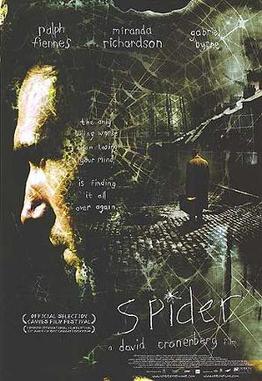Although the brain, where the human creativity comes from, still remains a mystery to most of the people, a “neuroculture” has already emerged and neuroscience is penetrating to all aspects of human life according to Giovanni Frazzetto and Suzanne Anker. For example, some artists, influenced by the culture of neuroscience, are trying to explore and interpret the brain better to make more creative artworks.
| Alex Grey, Sophia, 1989 <http://alexgrey.com/art/paintings/sacred-mirrors/sophia/> |
As
Roman Cajal says, the field of neuroscience breeds artists who seek creativity
and the mysterious. Bryan Lewis Saunders is one of those artists bred by neuroscience.
After exploring tragedy, social problems, sleep and personality assessment, he
then started to explore drugs. In his experiment, he had a different legal or
illegal drug every day and then drew a self-portrait under the influence of the
drug. Additionally, Alex Grey, who is famous for sacred and visionary paintings
of glowing anatomical human bodies, is another artist who uses drugs to
increase his creativity. Grey admits that Kahlua and LSD helped change his
works as a “spiritual awakening”.
 |
| Universal Pictures, poster of A Beautiful Mind <https://en.wikipedia.org/wiki/A_Beautiful_Mind_(film)#/media/File:A_Beautiful_Mind_Poster.jpg> |
As
well as drugs, neurological disorders have also been brought to the artworks.
For example, A Beautiful Mind
directed by Ron Howard is based on the life of a schizophrenic Nobel Prize
winner. Additionally, in Spider
directed by David Cronenberg, Dennis Cleg has just been released form a mental
institution and begins to recreate his memory in his new room. These two films are
only the tip of an iceberg. Many movies, TV shows, and novels are about characters
with mental problems and a large number of them enjoyed acclaim by the critics.
 |
| poster of Spider <https://upload.wikimedia.org/wikipedia/en/1/1e/Spider_film.jpg> |
Drugs
and neurological disorders truly affected some artists and enabled them to make
great artworks. However, there also exist some drawbacks of using drugs and
neurological disorders. Take Saunders as an example. Taking drugs every day negatively
affects human bodies and Saunders writes on his website that “within weeks, I
became lethargic and suffered mild brain damage.” Moreover, as mental disorders
have been interpreted artistically in movies and novels, the public may sometimes
be misled to misunderstand neurological disorders. As every coin has two sides,
it’s our role to accept the positive side of “neuroculture” and discard the
negative side of it.
Source:
Cotter,
Holland, New York Times, Alex Grey Tibet House review, October 4, 2002
"Dave
Bayer: Professor of Mathematics". Barnard College, Columbia University.
Retrieved May 8, 2011.
Miller,
David Ian. "LSD Helped Forge Alex Grey's Spiritual, Artistic and Love
Lives." SFGate. N.p., 24 Mar. 2008. Web. 16 May 2016
Short, April
M. "30 Self-Portraits Drawn While the Artist Was Under the Influence of 30
Drugs." Alternet. Alternet, 04 Apr. 2014. Web. 16 May 2016.
"Spider
(2002): Reviews". Metacritic. CBS.
Retrieved 2007-09-22.
没有评论:
发表评论